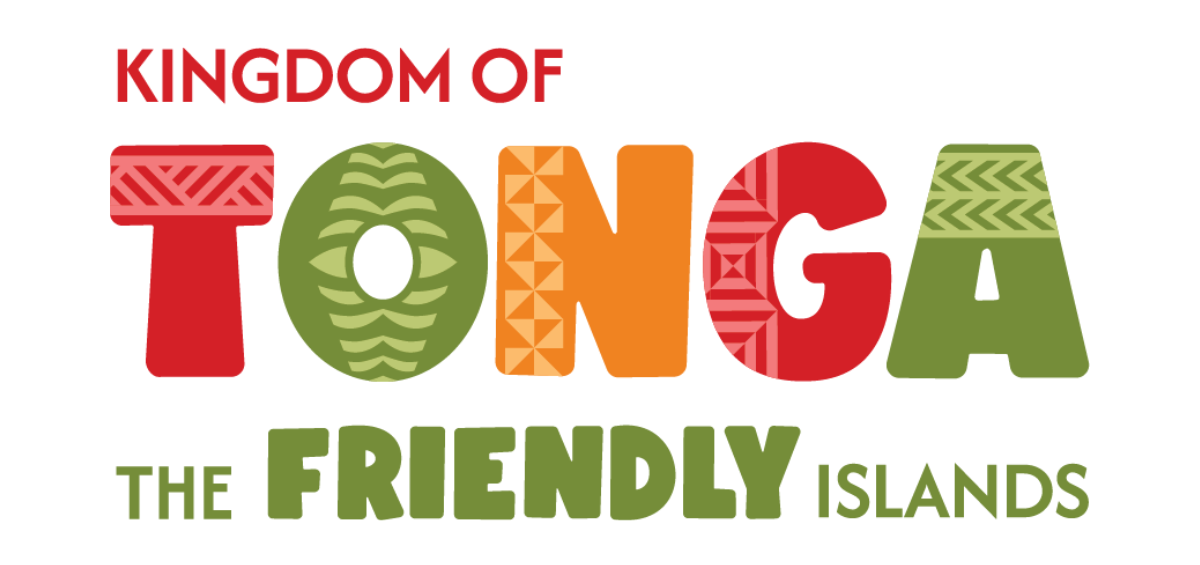Yes, your website users will scroll!
By Tomahawk on
The common myth that website users don’t like to scroll below “the fold” has persevered for nearly 20 years, and is still a debate I regularly participate in with clients and colleagues alike.

It was actually back in the internet dark ages (1998) when Jarrod Spool discovered that users will happily scroll. The simple fact remains that people would rather move down the page than click to go another page for further content. Which is good, because longer pages mean more words, which (usually) means better search engine optimisation.
If you need convincing, just watch a five year old with an iPad. They intuitively swipe the screen to scroll down. It is in our nature to do so.
The rise in small screens across all generations has heightened our scrolling education. Browsers and common software providers now recognise users don’t even need a visual cue and have removed the scroll bar. Apple removed theirs from Mac OS X in 2011.
The danger of believing your users won’t scroll can lead to a painful conversation with your web designer where you insist he or she puts everything above the fold. The first problem with this is that there isn’t really such a thing as “the fold” anymore – there are simply too many devices with different screen sizes to be able to offer a consistent “fold line.”
The main issue is that you are destined to overwhelm your visitors, who will take one look at your homepage and promptly leave.
So, let’s agree to stop trying to shove everything into “above the fold” and thinking your users will never reach the bottom.
Instead, we should focus on two things.
1. Does above “the fold” give the best first impression of your business possible?
First impressions are crucial, and you have seconds for your website visitor to decide whether you are the right place for them to be. Don’t overwhelm them with a mass of content or links, or a slideshow that moves too quickly. Google penalises sites that have too many ads above the fold, so is probably starting to look at other things on there too…
2. Do users know where to go once they hit the footer?
A study of a celebrity gossip website found that the link that received the most clicks was at the bottom. It’s logical: if a user scrolls, they get to the end of the content and want to know, where next? Don’t make them think!
Therefore if you find a webpage has a high exit rate, check whether there is a clear pathway from the end of the page. Do you finish the content with a clear, singular call to action that prompts them to stay on the website and keep browsing?
As a side note, we’d probably discourage “infinite” scrolling. It’s all good for Facebook or Pinterest, but it has its pitfalls. For one, users have grown to expect a footer on a business website, it doesn’t allow them to easily bookmark the content they want, and it can slow down your site.
In summary:
- Stop worrying about the fold, with multiple screensizes it barely exists anymore.
- Let go of the disbelief that your users will scroll – they will!
- Remember to provide a single, clear call to action at the bottom of webpages, to keep users browsing.
Read more articles
10 SEO Hidden Secrets You Probably Haven't Thought Of
By Tomahawk |

Everyone knows the basics of SEO: use keywords, write great content, get backlinks, keep your site speedy. But what about the less obvious stuff? Those subtle signals that can give your website a quiet nudge up the rankings while...
Tonga launches new destination brand: The Friendly Islands
By Tomahawk |

The Kingdom of Tonga has unveiled its new destination brand, “Kingdom of Tonga: The Friendly Islands”, developed in partnership with Tomahawk.
Drawing on Tonga’s globally recognised nickname, The Friendly Islands, the new brand...
